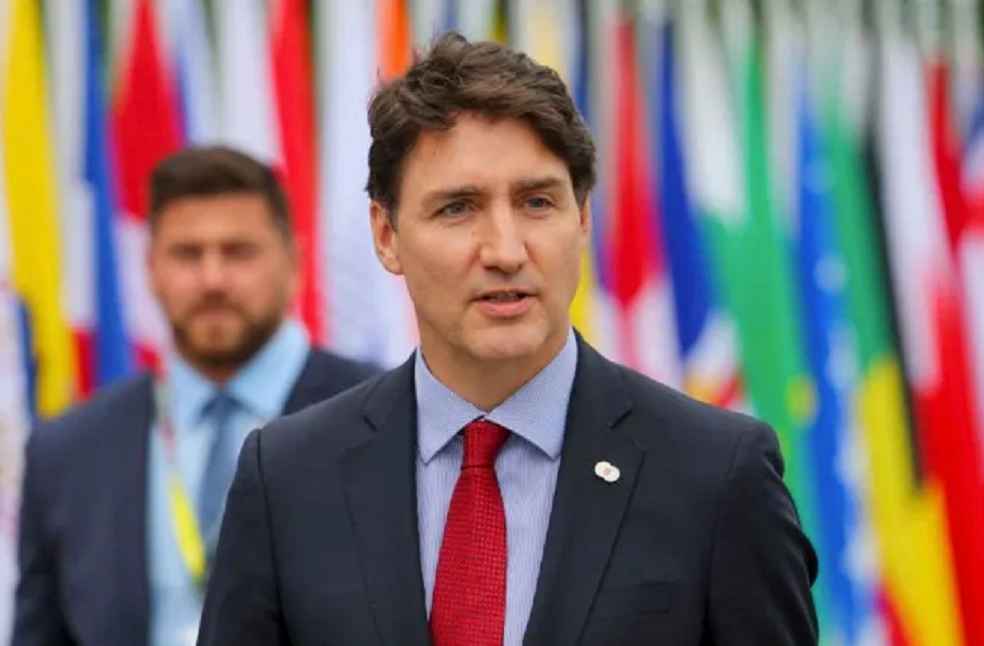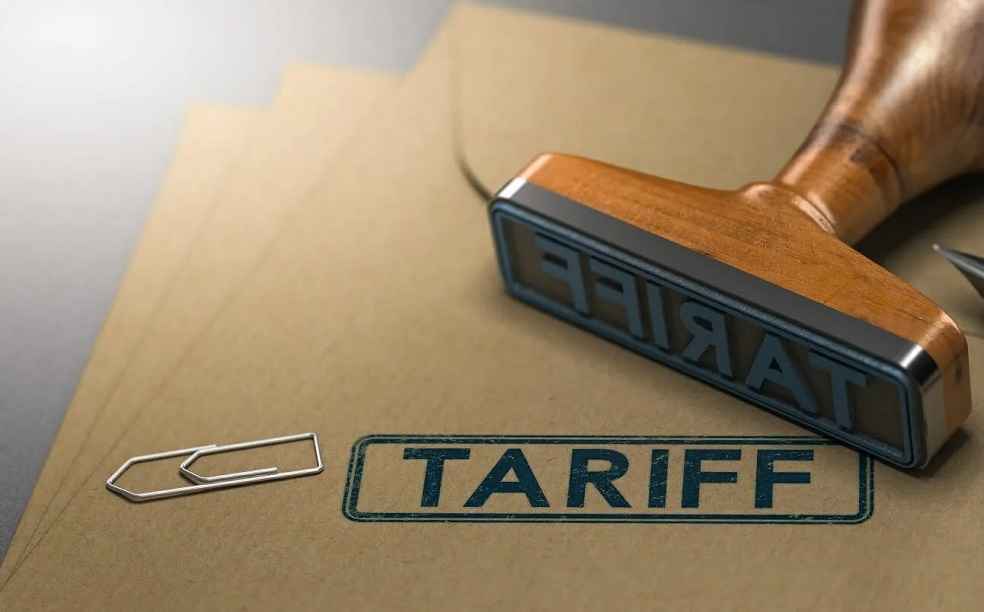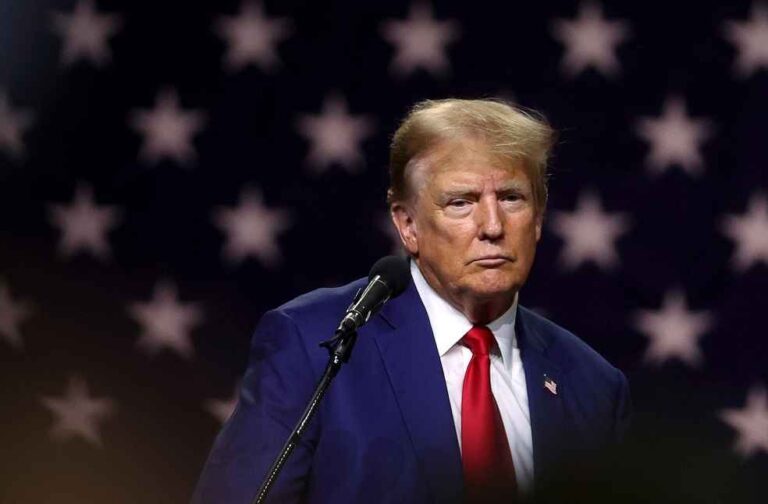Donald Trump, the U.S. president-elect, has warned Canada and Mexico of a 25% tariff on all imports unless they take action to curb drug trafficking and irregular migration.
Trump announced the tariff would take effect on January 20, 2025, his inauguration day, and remain until drugs, particularly Fentanyl, and illegal aliens stop entering the U.S. He stated on Truth Social, “This Tariff will remain in effect until such time as Drugs, in particular Fentanyl, and all Illegal Aliens stop this Invasion of our Country!”
Economic and Political Impact
The announcement caused the Canadian dollar to dip before recovering. Analysts warned the tariff would raise costs for Canadian and Mexican goods in the U.S., their largest market.

The timing coincided with a Canadian cabinet meeting on U.S. relations. Prime Minister Justin Trudeau quickly spoke with Trump and provincial premiers, including Ontario’s Doug Ford and Quebec’s François Legault, to address the potential fallout.
“It was a good discussion and they will stay in touch,” a Canadian official said of the Trudeau-Trump call. Trudeau highlighted recent Canadian measures, including re-imposing visa requirements for Mexican travellers and tightening immigration policies.
Ford described the tariff as ‘devastating to workers and jobs’ in Canada and the U.S., urging a unified ‘Team Canada’ response and greater collaboration with Ottawa.

Historical Context
Trump’s threats mirror those from his first presidency, when he used similar tactics during trade negotiations. In 2018, he threatened tariffs on Canadian automobile exports but withdrew the proposal after reaching a new trade agreement. However, he did impose tariffs on Canadian steel and aluminum before negotiations led to an exemption.
Flavio Volpe, president of the Automotive Parts Manufacturers’ Association, said the industries in Canada and the U.S. remain interconnected and prepared for challenges. “We’ve been here before,” he said.
Border Concerns
Trump cited Canada’s role in irregular migration and border security as key issues. U.S. Border Patrol data, however, shows northern border crossings account for less than 1% of total cases. Trudeau reportedly highlighted this during their call and noted Canada’s ongoing efforts to address U.S. concerns.

Economic Projections
Economists project the potential impact of the tariff on Canada’s GDP could range from 0.5% to as much as 5%, depending on product exemptions. Canada’s top export to the U.S. is oil, and a 25% tariff would challenge Trump’s promise to lower energy costs for Americans.
Former Canadian environment minister Catherine McKenna recalled the challenges of Trump’s first term, stating Ottawa had spent significant time managing trade tensions.
TRADE TECH | Trump’s Presidency: India Eyes Growth in Supply Chains, IT, and Defence



